In general, industrial facilities operate their compressed air systems at around 120 PSI.
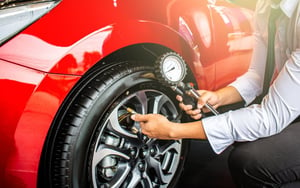 All compressor operators should adjust pressure in accordance with their unique applications, keeping in mind that the industry standard rule dictates that every increase of 2 PSI requires approximately 1% of total input power.
All compressor operators should adjust pressure in accordance with their unique applications, keeping in mind that the industry standard rule dictates that every increase of 2 PSI requires approximately 1% of total input power.
When your compressed air system fails to produce sufficient pressure for a given application — whether that be auto body painting and detailing or powering a city-wide transit network — your application suffers. A lack of adequate pressure can cause an air compressor to run for long periods of time while failing to reach its normal cut-out pressure. A poorly maintained compressor and insufficient ventilation can result in it shutting down due to overheating. In the case of single-phase motors, the motor’s start and run capacitors can also overheat and fail. At the same time, the performance inefficiencies of operating a compressor at low pressure can result in excessive oil carryover resulting in major time and shop revenue losses.
To maximize operational effectiveness and energy efficiency while protecting your machine from damage, it’s critical to know how to properly size your compressed air system to maintain desired pressure levels and how to troubleshoot it in the event your machine’s pressure plateaus or falls below your desired operational pressure (PSI).
A pump up test can provide insight into the amount of time your compressed air system takes to build pressure. To conduct the test, first empty the air tank. Then, close the service valve at discharge, and record the amount of time it takes for your compressor to achieve your desired PSI from 0.
Of course, the maximum pressure of a machine will vary by model, so if you aren’t sure of your cut-off setting or the time frame in which a certain pressure level should be reached, consult your distributor.
First, check your air inlet filter. To do so, loosen the wingnut, remove the housing cover, and inspect the filter. Ensure it is clean and clear of debris and buildup.
Conduct periodic maintenance to ensure all of the filters on your air compressor are clean. Replace filters as often as recommended or necessary based on your environment.
The initial — and simplest steps — are ensuring your air demand settings are adjusted to the appropriate level and checking for potential leaks. Leaks are a common culprit. In fact, according to experts at Efficient Plant, facilities with no effective leak management protocol lose an average of 30% to 50% of their total compressed air production to leaks.
Survey your air tank and replace the tank if you discover leaks. Ensure air tube fittings are tightened appropriately.
The next step in troubleshooting a compressed air system that won’t build sufficient pressure should be examining your machine’s valves. Make sure the inlet valve is able to open completely and the drain valve at the bottom of the air tank is sealed tightly.
You can also assess oil passthrough by opening your drain valve and looking for oily residue. While every oil or lubricant-based compressed air system will experience a natural level of oil carryover, the amount of oil that appears in the air tank should be minimal. High levels of oil carryover will prevent a compressor’s ability to build pressure.
After checking the inlet and drain valves, make sure the safety valve is not leaking or experiencing any problems. This is especially important considering that the safety valve opens to relieve excess air pressure in the case that the pressure switch fails to turn off the compressor at the cut-out pressure setting. An issue with the safety valve could impact a machine’s ability to achieve desired pressure.
The most common reason behind a reciprocating compressor’s inability to reach sufficient pressure is a defective reed valve — which can exhaust air out from the air inlet on single stage models or, through the intercooler safety valve in the case of a defective reed valve on a two-stage piston compressor instead of passing it through the intercooler, through the second stage piston, and out through the discharge. If your machine is plateauing around 40-80 PSI, this may be an indicator of a problem with the reed valve. The reed valve can be found on the top of each cylinder. To replace the valve, loosen the cap screws, remove, disassemble, replace the reed valves and gaskets and reattach the head plates to the cylinder.
If your compressor operates on a belt-drive, a belt malfunction may be the culprit for low pressure. To check the belt, make sure your machine is turned off and the power disconnected. Remove the rear section of the belt guard. Loosen the motor mounting bolts in order to tighten or, if necessary, replace the belt. Slide the motor in the direction of the pump, gently remove the belt from its pulleys, install a new belt(s), and return the motor to its proper position. Tighten the motor mounting bolts and adjust the belt tension as needed. Reinstall the belt guard.
Effective pump rings seal the air in the cylinders, prevent excess oil from passing downstream, and are critical in ensuring an air compressor’s ability to build pressure — if pump rings are worn, the pump will be unable to effectively compress air which can greatly reduce the volume of air the pump can produce. If this is the case, rebuild or replace the pump.
If both the pump and the pump rings seem to be operating correctly, check the valve plates to ensure they are sealing properly.
If the capacitors in your compressed air system aren’t functioning as they should, the motor may not be receiving sufficient power to start the single-phase motor. Issues with motor capacitors inhibit a machine from coming up to normal operating speed. On three-phase motors, a bad winding or phase imbalance may cause the compressor’s breakers (fuses) to trip.
To address problems with motor capacitors, it’s best to partner with a certified electrician, who can perform a comprehensive machine audit and assess the capacitors for leaking, swelling, or cracking. After an audit, an electrician can recommend whether or not capacitors should be replaced.
On oil-cooled injected rotary type compressors, after checking oil levels, assess the differential pressure across the air/oil separator. If the air/oil separator is fouled, plugged or damaged, it could be preventing the successful separation of oil and air within the compressor, thus hindering the machine’s ability to reach the cut-out pressure level and increasing operating costs. When necessary, replace the air/oil separator.
If you have any additional questions about your air compressor’s capability to reach necessary pressure levels or operate in accordance with your applications, reach out to your distributor.

Mattei offers a wide range of vane compressor models that perfectly meet the specific needs of the transport industry.

The reliability of Mattei compressors, the high quality standards of the delivered compressed air and the compliance with the industry regulations, make them ideal to be used in the healthcare and pharmaceutical industry.

Reduced operating costs, environmental sustainability and extreme purity of the air supplied make Mattei compressors suitable for all processes in the food industry.
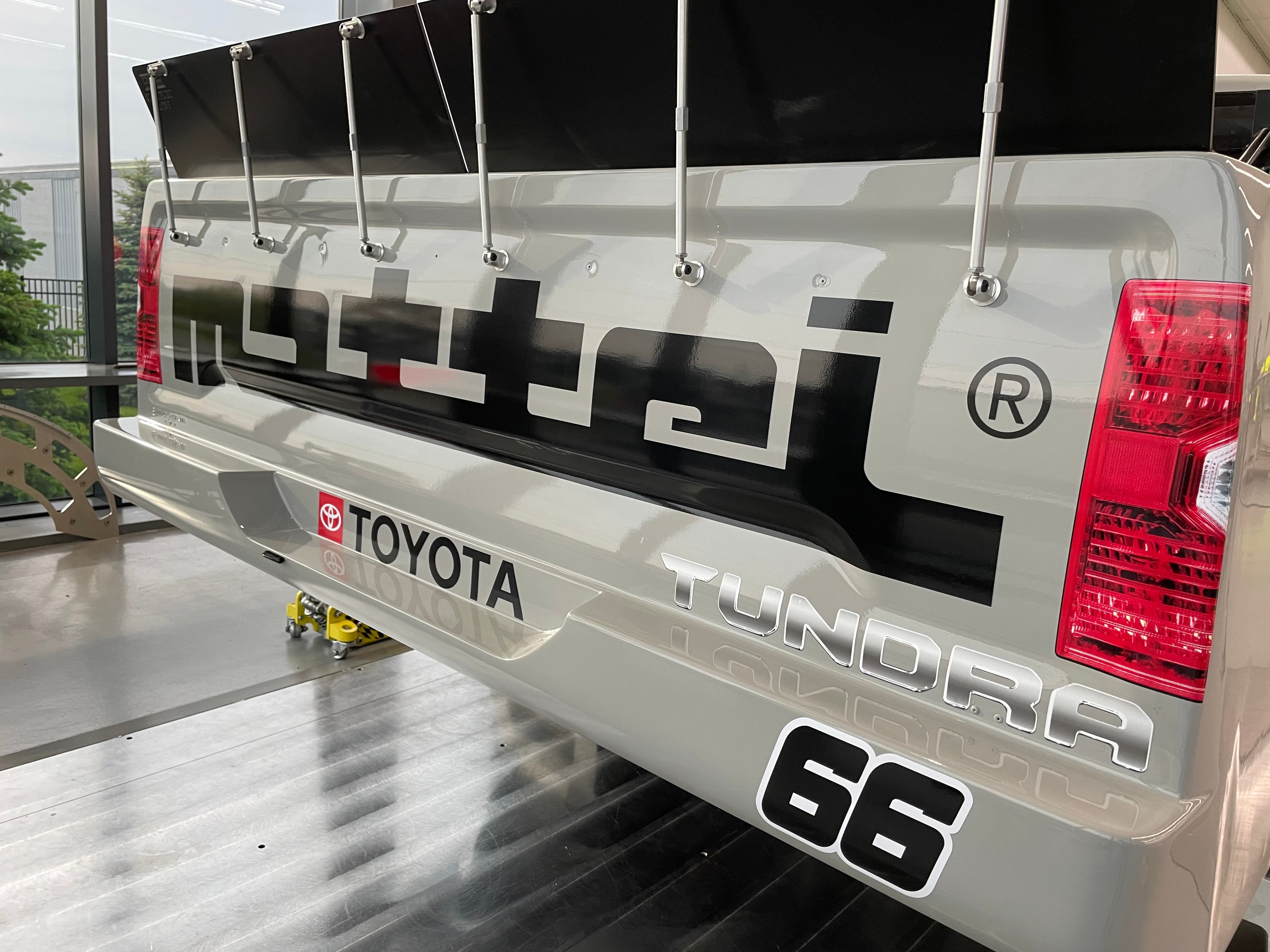
Good luck ThorSport Racing. Waiting to watch the racing!
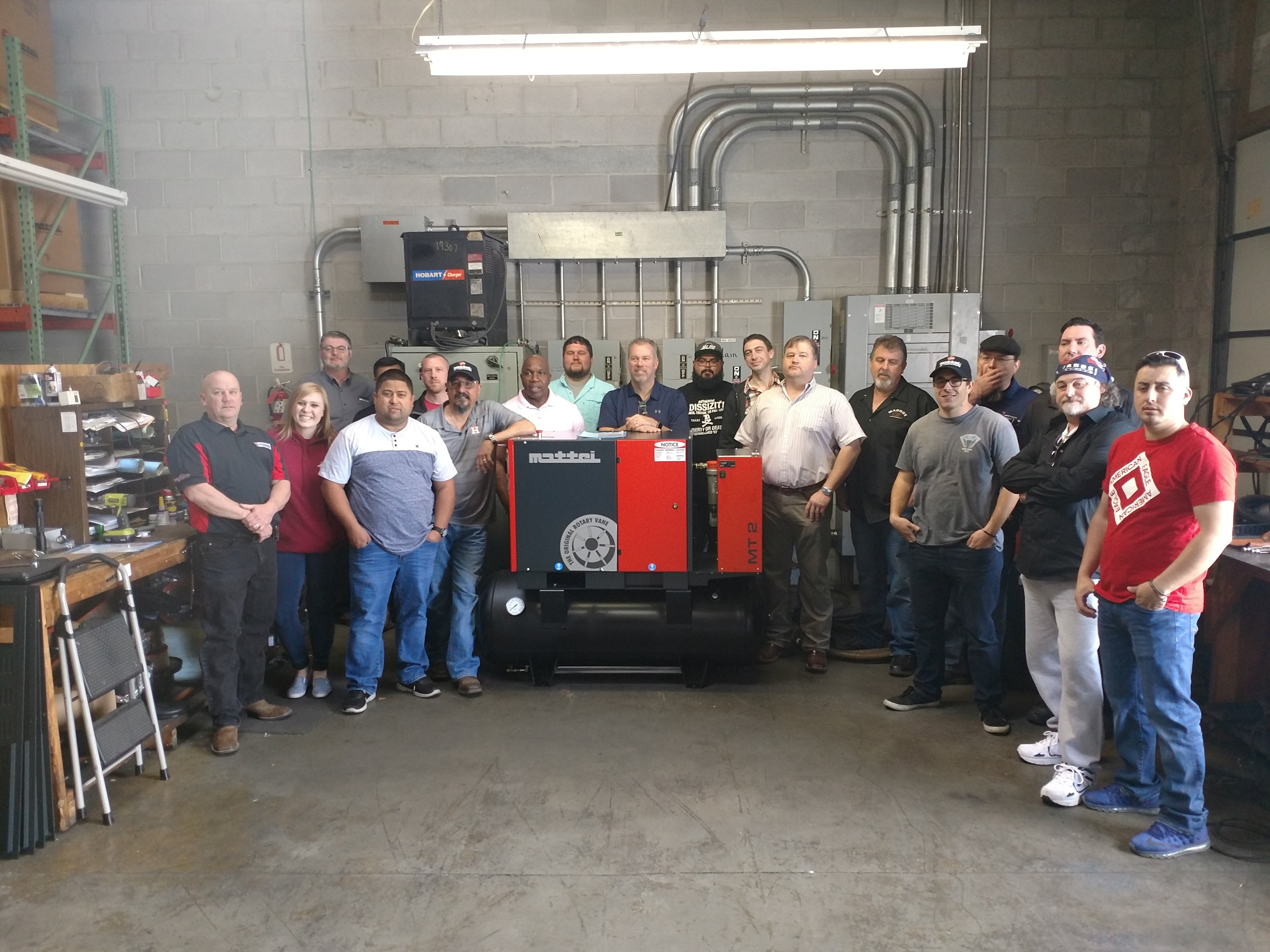
We recently held our Spring 2018 Service School for distributors. The school graduated 17 participants from both the sales and service sides.

Today, Mattei Compressors, Inc., announced the recipients of its 2017 Distributor Awards. These distributors went above and beyond to provide high-quality service to Mattei customers over the past year.
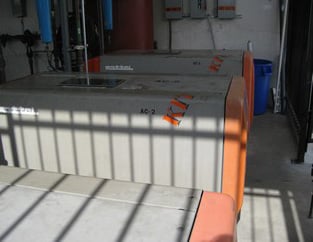
Helix Medical, LLC is widely regarded as a premier supplier of biocompatible silicone medical devices and components to the medical device, pharmaceutical and biotech industries.
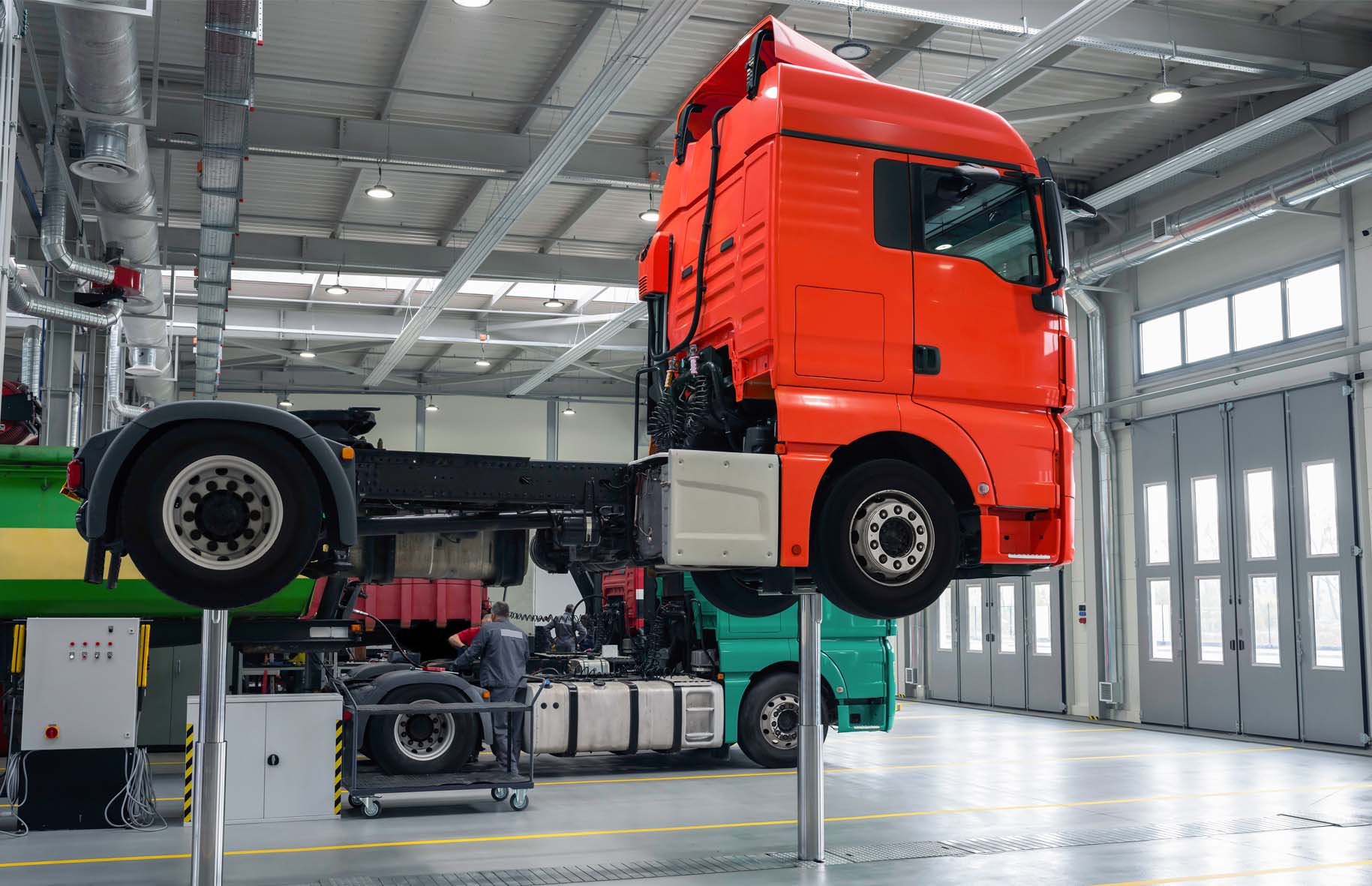
John Baker Sales, a Mattei distributor located in Colorado, worked very closely with Transwest to ascertain the company’s needs prior to making a product recommendation.


